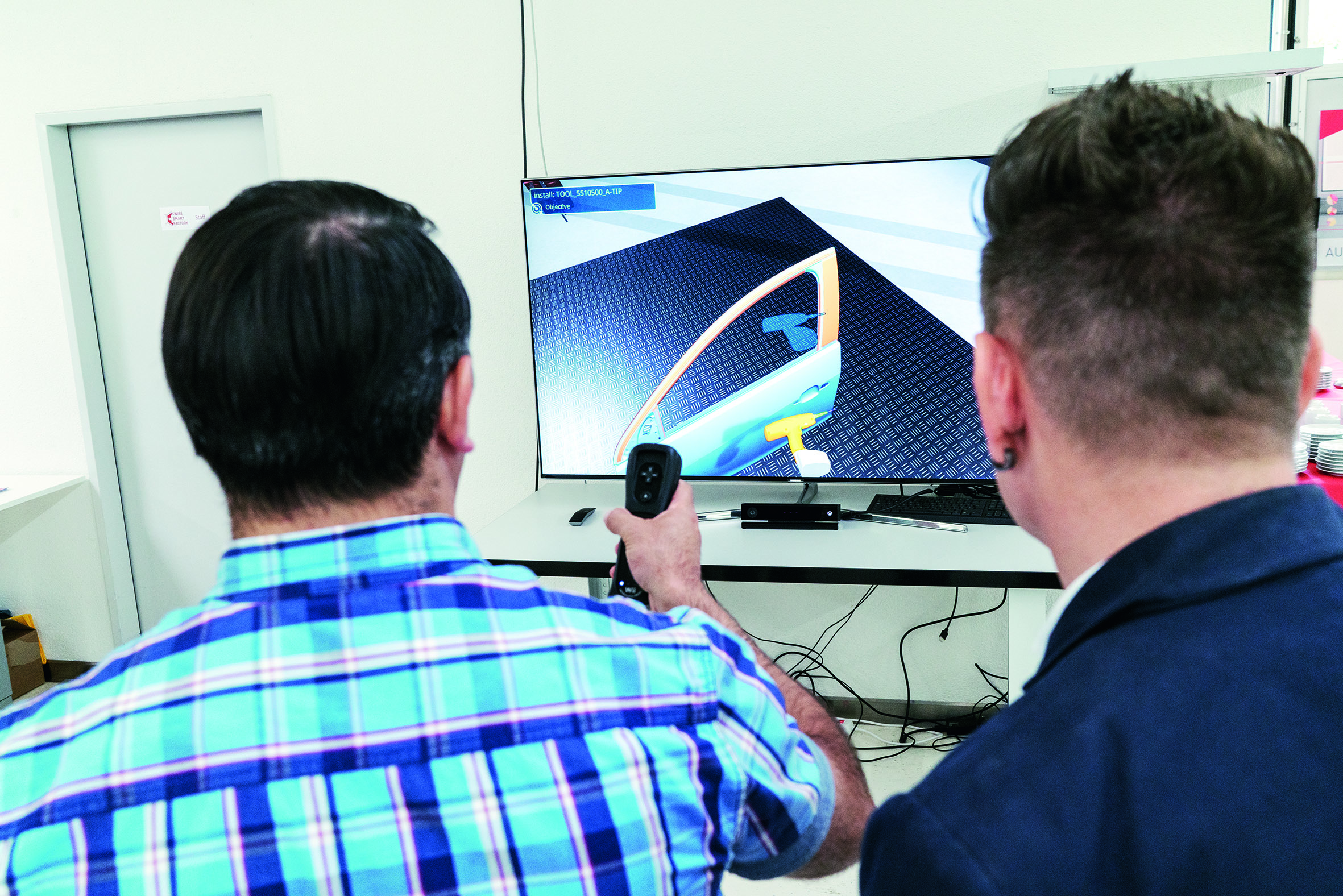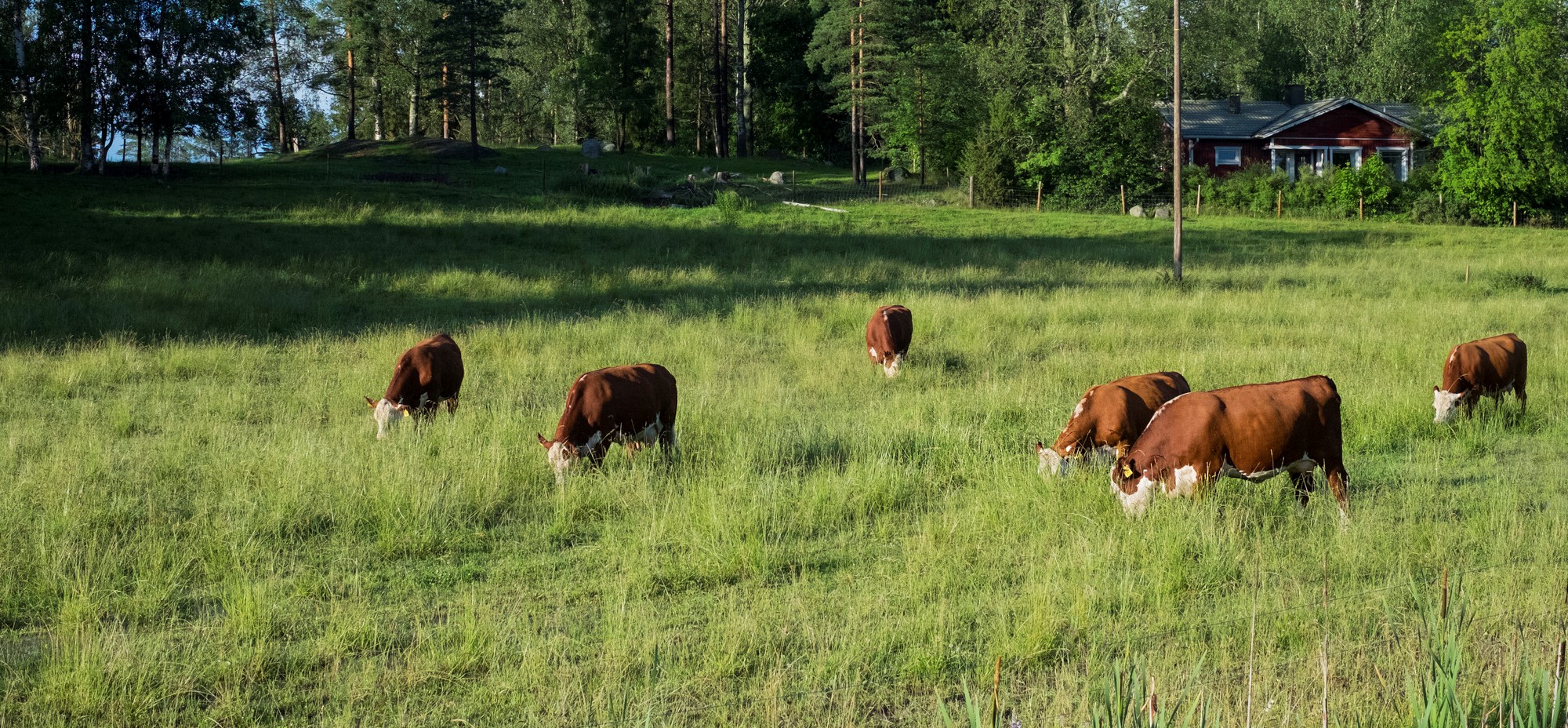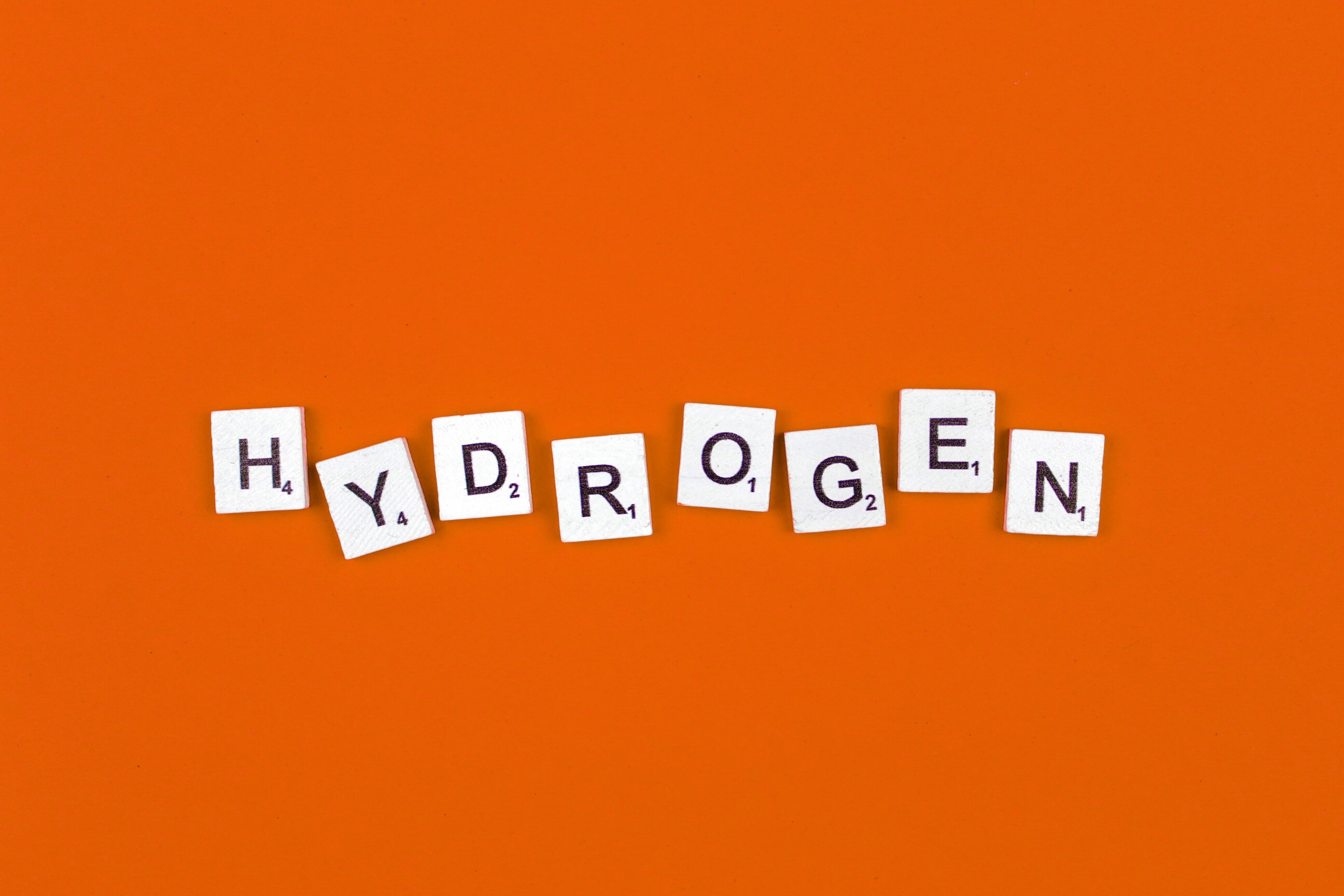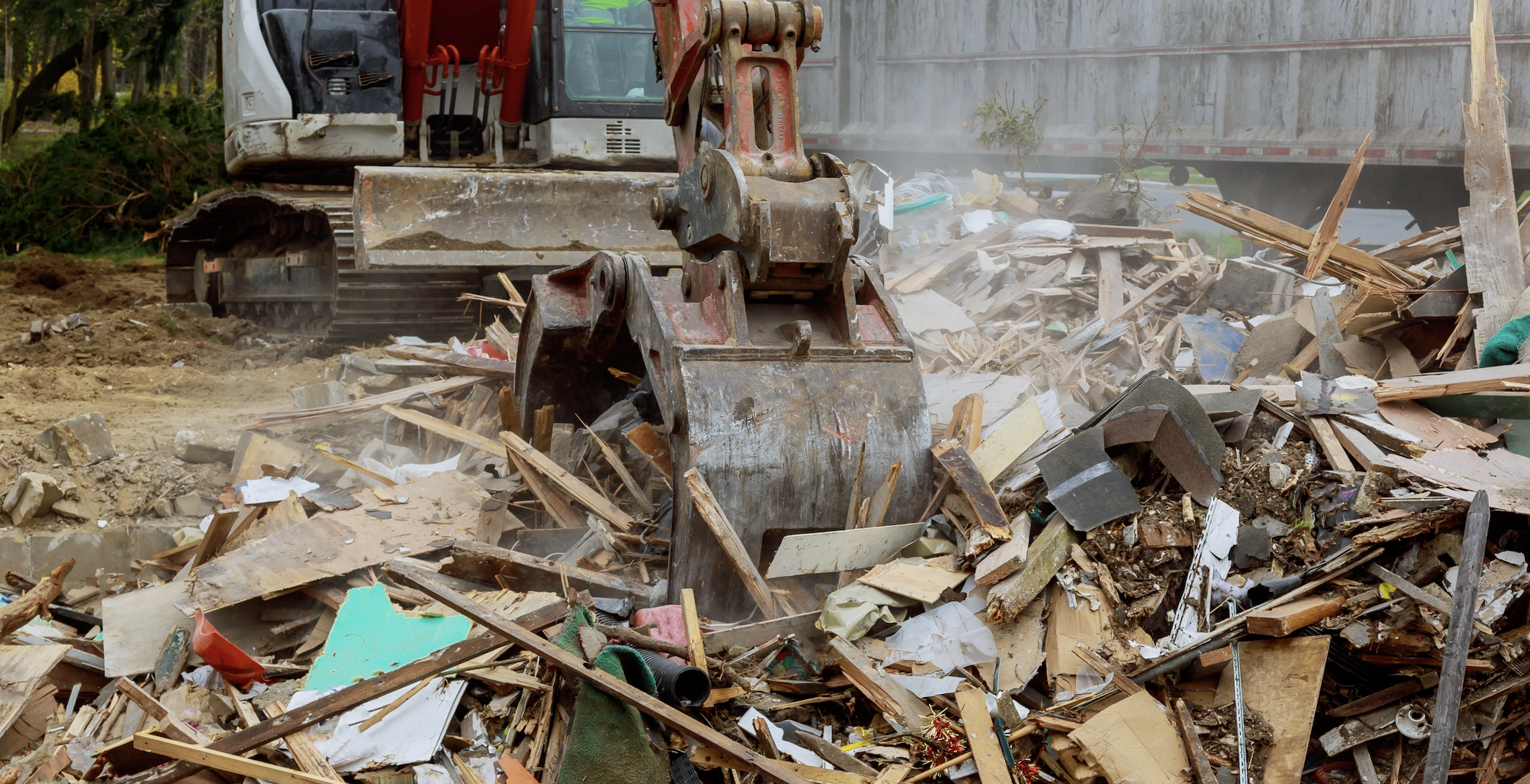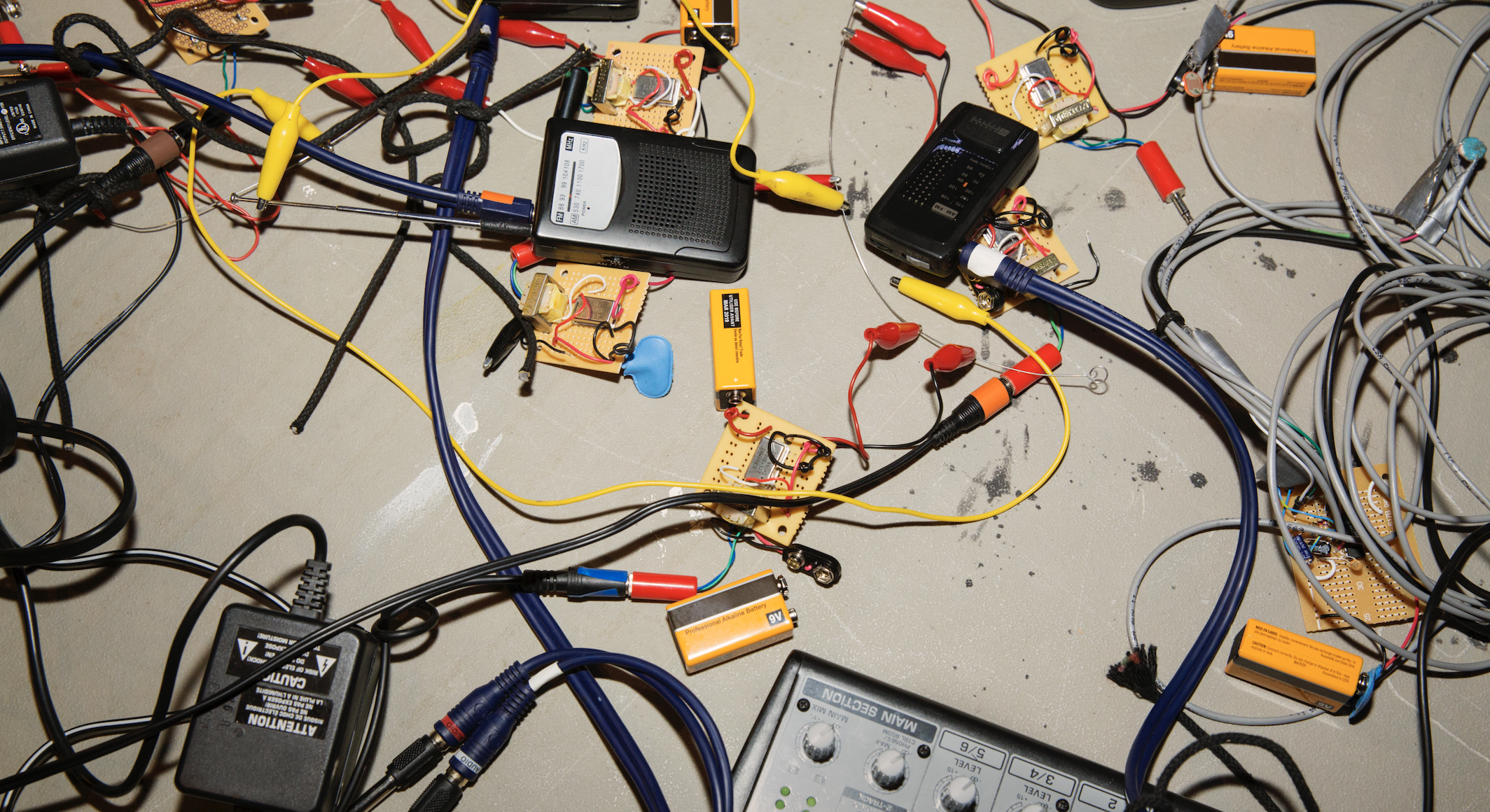The shells of oysters get a new life by turning them into works of art. Oyster
shells are hand painted and sold as the Zeeland Blue Oyster, a souvenir.
The Good Practice works of art in oyster shells: the new Dutch Blue is an initiative of Dieuwke Parlevliet . In the past oyster shells are seen as waste product. By coincidence Dieuwke discovered this opportunity on an International Conference, where she organised an art project with the participants of the conference. (connect with Dutch painters (e.g. Vermeer, Mondriaan) and paint yourself an oyster shell to make a souvenir. So she carried on and developed the idea further. The product became quickly popular. Production of the oyster shells is sufficient. There are 2 challenges: 1.Find enough qualified artists who can paint and enamel the shells and guard a certain quality level.2. Everything during the process is handmade, which makes it very laborious. That makes retail price therefore rather high. It will always be positioned as niche.
Stakeholders are: the fisher/oystermen the better fish restaurants, the shells are used for decorating the tables and presenting fishplates and sold in the restaurant shops. The (art )souvenir shops, museum stores,book shops, art galleries and local tourist offices. Fishery communities, the local artists in the communities benefit, because they have a certain income and yet can be creative: each shell is an individual piece of art. Regional authority should facilitate research into mechanization thus facilitate upscaling and reduce private non profitabel investments. Also province can adopt the Zeeuws Blauw as promotional gift.
Resources needed
Biggest resource needed: human labour which is found to address the local artists and art galleries.
Evidence of success
Oysters now can be seen as art objects. The Zeeland Blue oysters appeal to the sense of history. The shellfish as a product are linked to fishing in Zeeland, so the shells appeal to that awareness. Zeeuws Blauw concerns the reuse of a waste product. The practice is good because it has developed to a small scale export product: the oyster shells are sold via internet to several European countries. It started as cultural initiative, adopted by an entrepreneur and positioned as a niche product.
Difficulties encountered
• Find enough artists to produce the “Zeeuws Blauw”
• Mechanise the cleaning process
• Counterfeiting is a major problem
• We have just one product, but maybe that is also an USP
• Supply during corona crisis: restaurants were closed
Potential for learning or transfer
Oysters can be found in all coastal regions. Artists and galleries are available as well. The added value between base and raw material is quite clear. The mere fact that it can be positioned as a niche product makes it profitable. The unique souvenir contributes to the image building of shellfish and fishery communities. But you need a real artist to create the unique design, (also for the packaging) the art work can be done by handcraft people. Province Zeeland can make it a showcase and promote the Zeeuws Blauw at official functions, and write a curriculum for educational purposes for craftman ship schools.
Tags: Cultural, Heritage, Innovation

